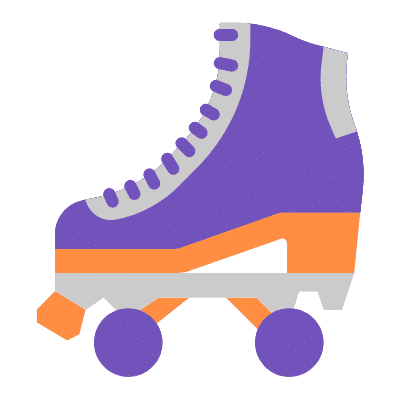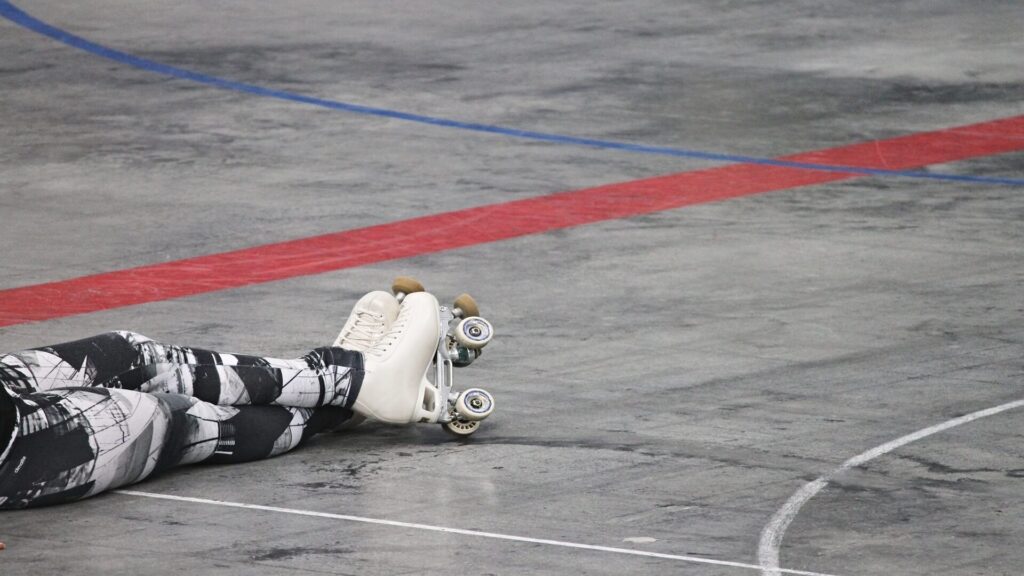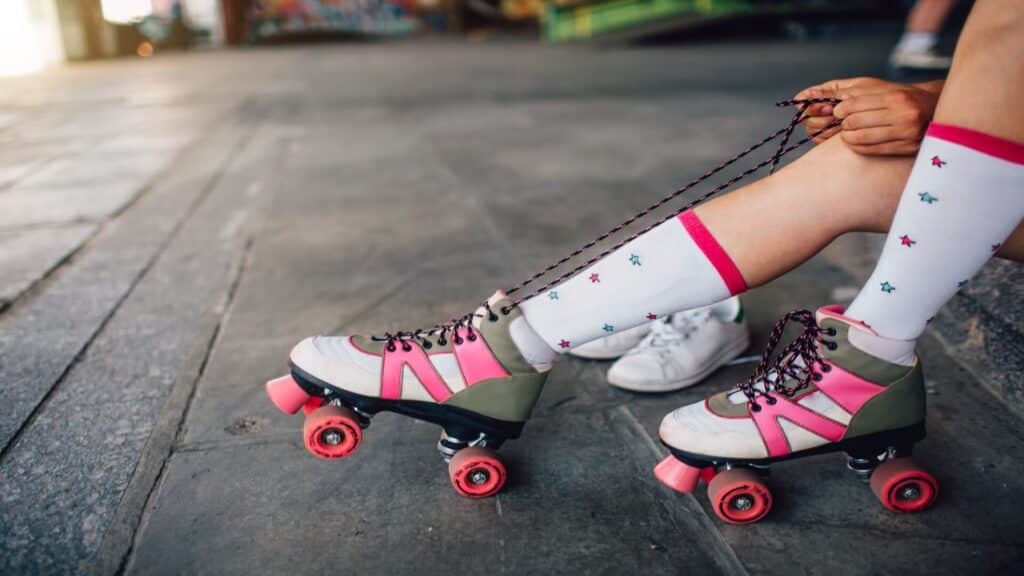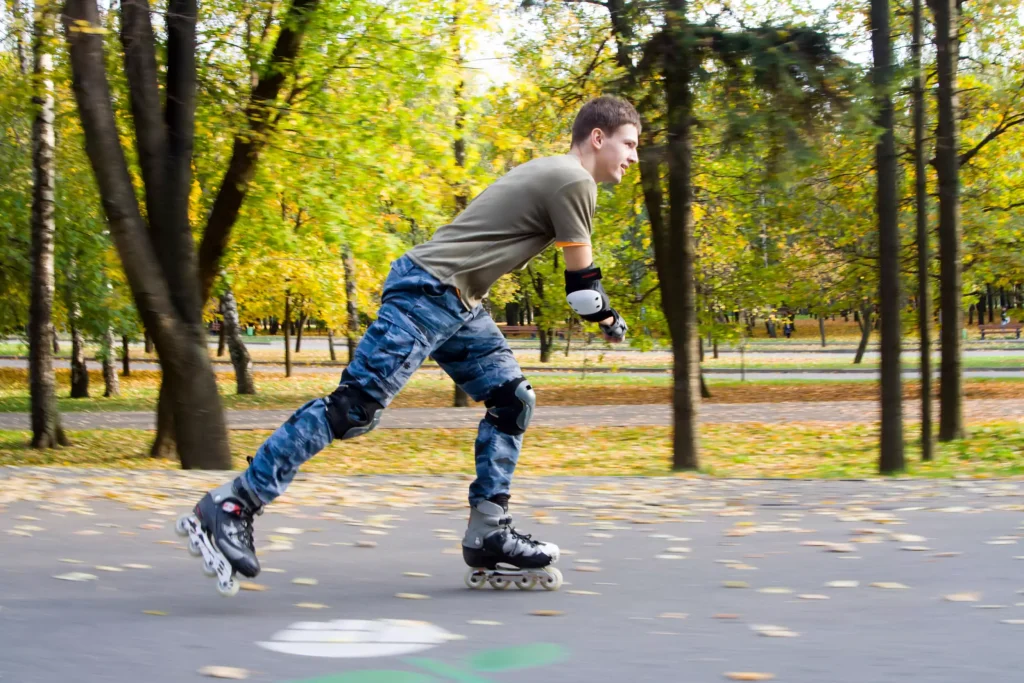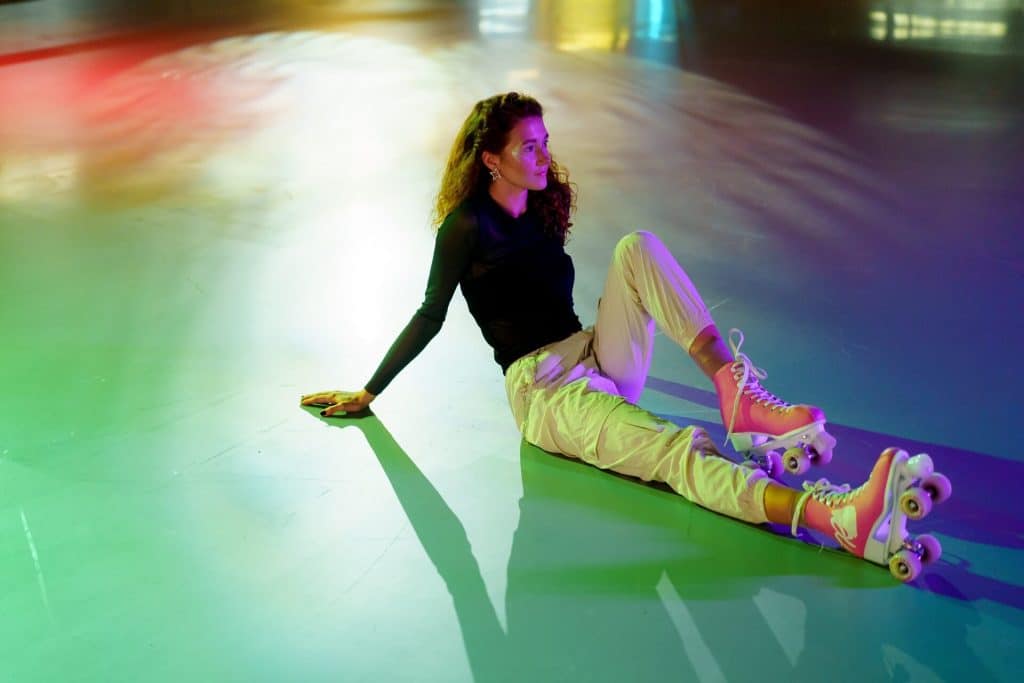Do you need a helmet for roller skating? This is a question many new and experienced roller skaters ask themselves when they’re out enjoying their favorite pastime. The short answer is yes, but let’s dive deeper into why wearing a helmet during roller skating is so important. We’ll cover the benefits, types of helmets, and how to choose the right one for you.
Table of Contents
The Importance of Helmets in Roller Skating
When asked, do you need a helmet for roller skating? consider the potential risks involved. Roller skating is a fun, exhilarating, and healthy activity for people of all ages, but it’s not without its dangers. Falls and collisions can lead to serious head injuries if you’re not wearing proper protective gear.
A helmet can significantly reduce the risk of head trauma and sometimes save your life. Here are some reasons why wearing a helmet during roller skating is so important:
- Protection from head injuries: A well-fitted helmet can help protect your head from impact, reducing the likelihood of a concussion or more severe brain injury.
- Increased confidence: Knowing you’re protected can help boost your confidence and encourage you to push your limits while roller skating.
- Setting a good example: By wearing a helmet, you show others the importance of safety and encourage them to do the same.
Types of Helmets for Roller Skating
Now that we know the answer to the question, do you need a helmet for roller skating? is a resounding yes; let’s explore the different types of helmets available for roller skaters.
- Skate-style helmets: These are specifically designed for roller skaters, skateboarders, and BMX riders. They have a round, smooth shell with minimal venting and a secure fit. They also tend to have more coverage at the back of the head than other helmet types.
- Multi-sport helmets: As the name suggests, these helmets are suitable for multiple sports, including roller skating, skateboarding, and cycling. They often have more ventilation than skate-style helmets and can be a versatile option for those participating in various sports.
- Cycling helmets: While they aren’t specifically designed for roller skating, they can still provide adequate protection. Just ensure the helmet fits well and meets safety standards.
Choosing the Right Helmet for Roller Skating
Choosing the right helmet for your needs is crucial. Here are some factors to consider when selecting a helmet:
Fit and comfort
A properly fitted helmet is essential for your safety and comfort. Measure your head circumference and consult the manufacturer’s sizing chart to find the right size. The helmet should fit snugly without being too tight and should sit level on your head, covering your forehead.
Safety certifications
Look for a helmet that meets safety standards, such as the U.S. Consumer Product Safety Commission (CPSC) for bicycle helmets or the American Society for Testing and Materials (ASTM) for skateboarding helmets.
Ventilation
Adequate ventilation can help keep you cool and comfortable while skating. Helmets with more vents tend to be cooler but may not provide as much protection as helmets with fewer vents.
Style
While style is a personal preference, consider choosing a helmet that appeals to you. You’ll be more likely to wear it consistently if you like how it looks.
Price
Helmets are available at various price points, but don’t skimp on safety. Look for a helmet that meets safety standards and fits well within your budget.
Proper Helmet Care and Replacement
Once you’ve found the perfect helmet and embraced the fact that you need a helmet for roller skating, it’s essential to take care of it properly and know when to replace it.
- Keep it clean: Wipe your helmet with a damp cloth to remove dirt and sweat. If it has removable padding, wash it according to the manufacturer’s instructions.
- Store it properly: Store your helmet in a cool, dry place, away from direct sunlight, which can weaken the materials over time. Avoid exposing your helmet to extreme temperatures, which can damage its structure.
- Inspect it regularly: Check your helmet for cracks, dents, or signs of wear before every use. If you notice any damage, replace the helmet immediately.
- Replace after an impact: Helmets are designed to absorb a single significant impact. If you’ve been involved in an accident or taken a hard fall, even with no visible damage, it’s time to replace your helmet.
- Follow the manufacturer’s recommendations: Many helmet manufacturers suggest replacing your helmet every 3-5 years, even if it hasn’t been in an accident or experienced a significant impact. The materials can degrade over time, reducing the helmet’s protective capabilities.
Conclusion
So, do you need a helmet for roller skating? The answer is an unequivocal yes. Wearing a helmet provides vital protection for your head, increasing your confidence and setting a positive example for others.
By understanding the different types of helmets available, choosing the right one, and taking proper care of them, you can significantly reduce your risk of injury while enjoying this exciting and healthy activity. Stay safe, and happy skating!
FAQs
Question: Is wearing a helmet while roller skating really necessary?
Answer: Yes, wearing a helmet while roller skating is crucial to protect your head from potential injuries resulting from falls or collisions. Helmets can significantly reduce the risk of head trauma and even save your life.
Question: What types of helmets are suitable for roller skating?
Answer: There are three main types of helmets suitable for roller skating: skate-style helmets, multi-sport helmets, and cycling helmets. Skate-style helmets are specifically designed for roller skating, while multi-sport helmets can be used for various activities, including roller skating. Cycling helmets can also provide adequate protection for roller skaters if they fit well and meet safety standards.
Question: How do I choose the right helmet for roller skating?
Answer: To choose the right helmet for roller skating, consider factors such as fit and comfort, safety certifications, ventilation, style, and price. Ensure the helmet fits snugly and meets the relevant safety standards for your activity.
Question: How do I know if my helmet fits correctly?
Answer: A properly fitted helmet should sit level on your head, covering your forehead, without being too tight. Measure your head circumference and consult the manufacturer’s sizing chart to find the right size for you.
Question: How often should I replace my roller-skating helmet?
Answer: Replace your helmet immediately if it has been involved in an accident or has taken a hard fall, even if there’s no visible damage. Many helmet manufacturers also suggest replacing your helmet every 3-5 years, as the materials can degrade over time, reducing the helmet’s protective capabilities.
Question: How do I properly care for my roller-skating helmet?
Answer: To care for your helmet, keep it clean by wiping it with a damp cloth and washing removable padding according to the manufacturer’s instructions. Store it in a cool, dry place away from direct sunlight, and avoid exposing it to extreme temperatures. Inspect your helmet regularly for any signs of wear or damage, and replace it if needed.



